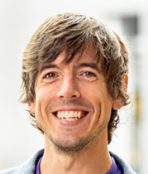-
August 03, 2018
PacTrans sends UW students to Norway for transportation design challenge
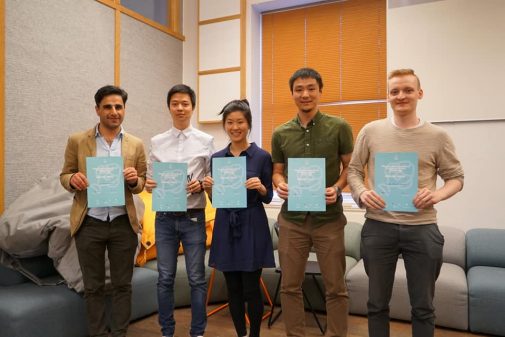
Norway’s economy heavily relies on their ability to produce and sell fresh seafood to international markets. In order to ensure this product doesn’t decrease in value due to delay in production and delivery, Norway’s infrastructure dedicated to the transportation of these goods must be reliable.
Unfortunately, this rugged northern country experiences many challenges in transportation. Constrained right of ways, ferry routes, narrow tunnels and bridges, severe weather, rural areas with limited technology and infrastructure, and other issues make the transportation of fresh seafood incredibly difficult.
Last month, PacTrans and the UW’s Supply Chain Transportation and Logistics Center (SCTL), along with the Norwegian University of Science and Technology (NTNU), sponsored a transportation design challenge in Norway, a competition for which a handful of UW and Norwegian students worked together to come up with innovative designs to support Norway’s seafood industry.
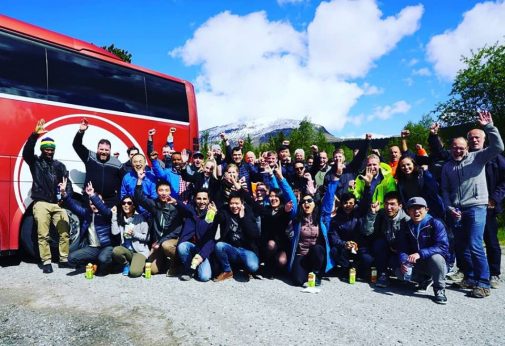
The challenge was further funded by the University of Norway (UiT) and the Norwegian Public Roads Administration (NPRA).
Haena Kim and Ruimin Ke, two research assistants and PhD students in the UW’s Civil and Environmental Engineering program, had the opportunity to participate in the challenge and were both members of the winning team.
“I love salmon and I wanted to learn more about where my salmon comes from, that was my main motive for applying to this program,” Kim said. “A lot of the challenges that this program is trying to solve align with my values of trying to solve and improve the quality of peoples’ lives.”
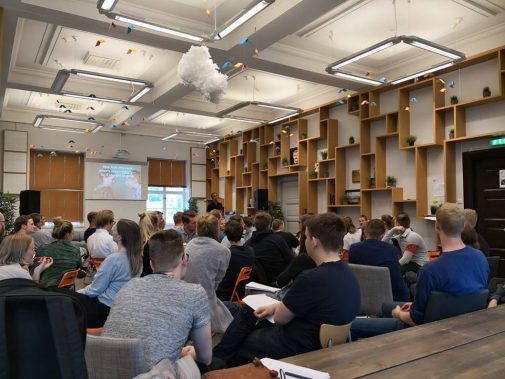
Students were assigned to their teams based on their different areas of knowledge. Kim, who has a background in supply chain logistics, and Ke, who has a background in transportation engineering and intelligent transportation systems, were teamed up with three other Norwegian students, each with a background in either environmental engineering, marine engineering, or computer science.
During the trip, students visited various sites, including fish farms, at which they were exposed to how some of the seafood in Norway gets processed. Site visits served to give students a better understanding of the issues that occur in seafood production and transportation by allowing them to actually visualize the dilemma.
Narrow, single lane roads make the larger trucks’ commute less efficient and more dangerous, putting the vehicles and their drivers at risk of getting into accidents and collisions with each other, particularly in the winter months, during which the driver’s vision is often obscured by lack of daylight.
Rather than building a separate road or an entirely new tunnel system, Kim and Ke’s team suggested utilizing cars that are better suited for the current infrastructure.
“Actually, our final design was proposed one day before the final presentation,” Ke remarked. “Our previous idea was too innovative, we got some feedback from the judges and they thought the idea was not practical at all.”
Abandoning their original Hyperloop idea, Kim and Ke’s team presented a more feasible design, in which human-driven trucks were replaced with smaller, autonomous vehicles to transport fish to delivery points.
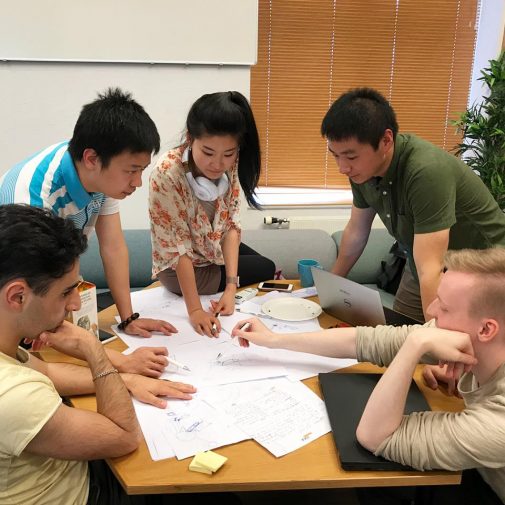
Not only would the autonomous cars function better in the corridors offered for fish delivery, but they would also prove to be safer, greener, and more efficient than the current use of larger trucks. Employing autonomous cars for fish delivery would result in less of a loss in the case of an accident and the number of human fatalities would decrease.
One of Kim’s ideas was to implement smart loading and unloading by utilizing a robot and a conveyer belt system. The team referred to this as the Smart BB system, BB standing for (conveyer) belt and battery.
The idea was that a smart car would transport fish to the delivery point and drop it onto a conveyer belt upon arrival. At the same time, a separate belt loads already processed food into the smart car, replacing the fish.
Since the smart car is electric, it is powered by a battery. If a car’s battery is low on juice upon arrival, the dead battery is dropped at a charging station while goods are being moved, during which a fully charged battery is inserted into the car. The previous battery fills up and is ready for the next car that needs it.
“What I liked about my team was that they were so enthusiastic,” Kim recalled. “Everyone was working together and trying their best, and it showed in the end because we won first place. We couldn’t believe it.”
The team received a stipend of $5,000, which is meant to support the team in continuing their work on this project. Kim and Ke’s Norwegian teammates plan to visit Seattle this September in order to further discuss how the team can implement their design. They’ve already started on their collaboration via Skype calls and Facebook chats.
Congratulations to Haena, Ruimin, and the rest of their team for winning first place!
